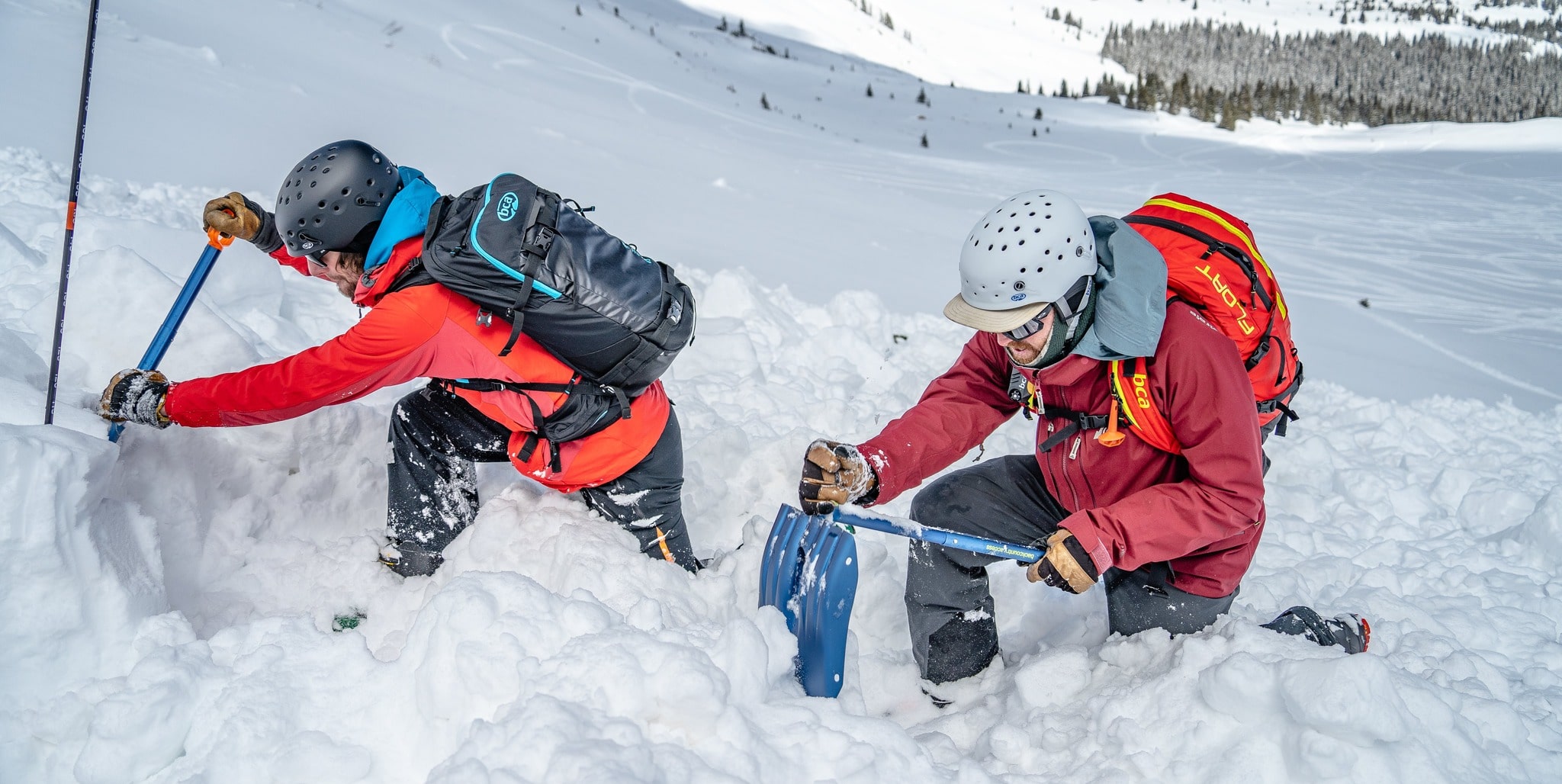
A groundbreaking study published in JAMA Network Open reveals significant improvements in avalanche survival rates in Switzerland over the past 40 years. The research, conducted by a team led by Dr. Simon Rauch, analyzed data from 1,643 individuals critically buried by avalanches between 1981 and 2020.
The study found that the overall survival rate for critically buried increased from 43.5% in the 1980s to 53.4% over the entire study period. Advancements in search-and-rescue techniques and medical interventions have led to this improvement.
Dr. Rauch and his colleagues examined data collected by the WSL Institute for Snow and Avalanche Research in Davos, Switzerland. The authors focused on cases where rescuers critically buried victims, meaning snow covered their heads and chests.
One of the most striking findings was the decrease in median rescue time from 45 minutes in the 1980s to 25 minutes in recent years. This reduction in rescue time has been crucial in improving survival rates.

The study also highlighted the critical importance of rapid rescue. Survival probability remained high at 91% for those rescued within the first 10 minutes of burial. However, this rate dropped dramatically to 31% for those rescued between 10 and 30 minutes after burial.
“These findings underscore the vital importance of immediate rescue efforts by companions or bystanders,” Dr. Rauch explained. “The first few minutes are crucial for survival.”
Interestingly, the research also showed an improvement in long-term survival rates. For those buried for more than 130 minutes, the survival rate increased from 2.6% in the 1980s to 7.3% over the entire study period. This improvement is likely due to advancements in medical treatment for hypothermia and other avalanche-related injuries.
The study’s results have important implications for avalanche safety and rescue protocols. They emphasize the need for continued education and training in avalanche safety, particularly for those engaging in backcountry activities.
Dr. Benjamin Zweifel, a co-author of the study, noted, “While we’ve seen significant improvements, the risk of early suffocation remains substantial. This underscores the importance of prevention and proper equipment use in avalanche-prone areas.”
The research also revealed that backcountry skiing accounted for 67% of the critical burials, with out-of-bounds (sidecountry) skiing making up the remaining 33%. This highlights the need for increased awareness and caution among skiers venturing into uncontrolled terrain.
The study’s authors emphasize that while improving survival rates is encouraging, prevention remains the best strategy. They urge winter sports enthusiasts to receive proper training, carry appropriate safety equipment, and always check avalanche forecasts before venturing into the backcountry.
